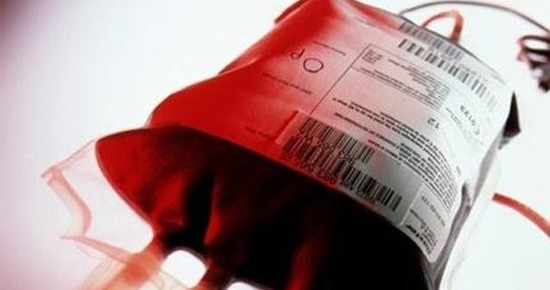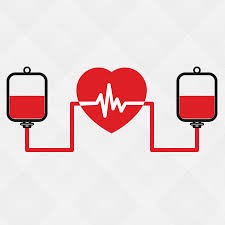Stock Tracking of Blood and Blood Products Is Carried out via the Barcoding System
Blood and blood products in stock in SisoHIS Blood Bank Module can be queried from the system, the history of the blood product's reserve procedure can be tracked, the reserve procedure can be carried out for the requested type, and the exit procedure of the product can be performed. The entrance and exit of blood and blood products to the hospital is done manually or using a barcode reader. Blood stocks can be queried according to the type of blood products and blood group. A barcode is printed on blood and blood products that are stocked. With the barcoding system, the margin of error is reduced and work tracking is done easily and quickly. For each blood product record, a single blood number is automatically or optionally defined, and the following procedures are followed-up by the given number.
RFID Tags Are Used to Prevent Errors
Potential errors are prevented by monitoring the information on the contents of the blood products and the information of whom they belong via the RFID tags using the barcoding system which is integrated with the module. Thanks to the identification of all blood or blood products with RFID tags, the location and amount of any blood group can be viewed instantly by querying on the system.
It Is Possible to Define Critical Stock Level to the System
The critical stock level is defined in the Blood Bank stock within the Module. It can be reported in comparison with the material in stock. The system provides an informative warning when the product falls below the critical stock level during blood or blood product discharge from the Blood Bank. By working integrated with blood centers, the critical level of other blood centers can be monitored. The blood and blood product requests made by any terminal in the system can be seen by the user of the Blood Bank Module. Blood or blood product returns can be monitored regularly in stock. Blood and blood products can be tracked in terms of patient information, reason of use, date of administration, and related personnel.
Blood and Blood Products Can Be Monitored for Expiry Dates and Blood Groups
The system gives the user the warning of blood and blood products that are about to expire. A list of data related to this situation is created. Blood and blood products that are expired or unsuitable according to the test results must be destroyed. The destruction results can be recorded in the system and the identification procedure of the destruction can be carried out. In the laboratory, the Product Registration Form is prepared for the by-products obtained from the blood. Expiry dates are automatically calculated for by-products such as whole blood, platelets, and erythrocytes.
Cross-Match Detection Can Be Carried Out
A Cross-Match book is organized for the blood delivered to the services. The system warns when there is an incompatibility between the records of the patients and the blood or blood product planned to be taken. Cross-Match and other tests are performed automatically for the blood sent to the laboratory. The results of these tests are automatically processed in the patient file.
Donor and Blood Center Information Is Recorded
The donor information of various blood and blood products is entered into the system. On request, product information and test results related to the blood that he/she has given before can be provided to the donor as a printout.
System Prioritizes The Requests
The blood and blood product requests of the emergency, outpatient, inpatient, and operating room/delivery rooms can be created, necessary records for the blood bank can be queried and reporting can be carried out in the system. Priority is given only to requests from the emergency room, operating room and delivery room in the system and necessary warning are given.
Donor Rejection and Product Destruction Procedures Can Be Carried Out
When the donor has been rejected or the product has been destroyed, the causes of this process are recorded in the system. When the damaged product or rejected donor comes to the hospital again, the system recognizes the registration and prevents it. The situations such as the temporary or permanent refusal reasons and whether the donor can give blood at a later time or not are monitored constantly to prevent infectious diseases which may threaten public health.
















